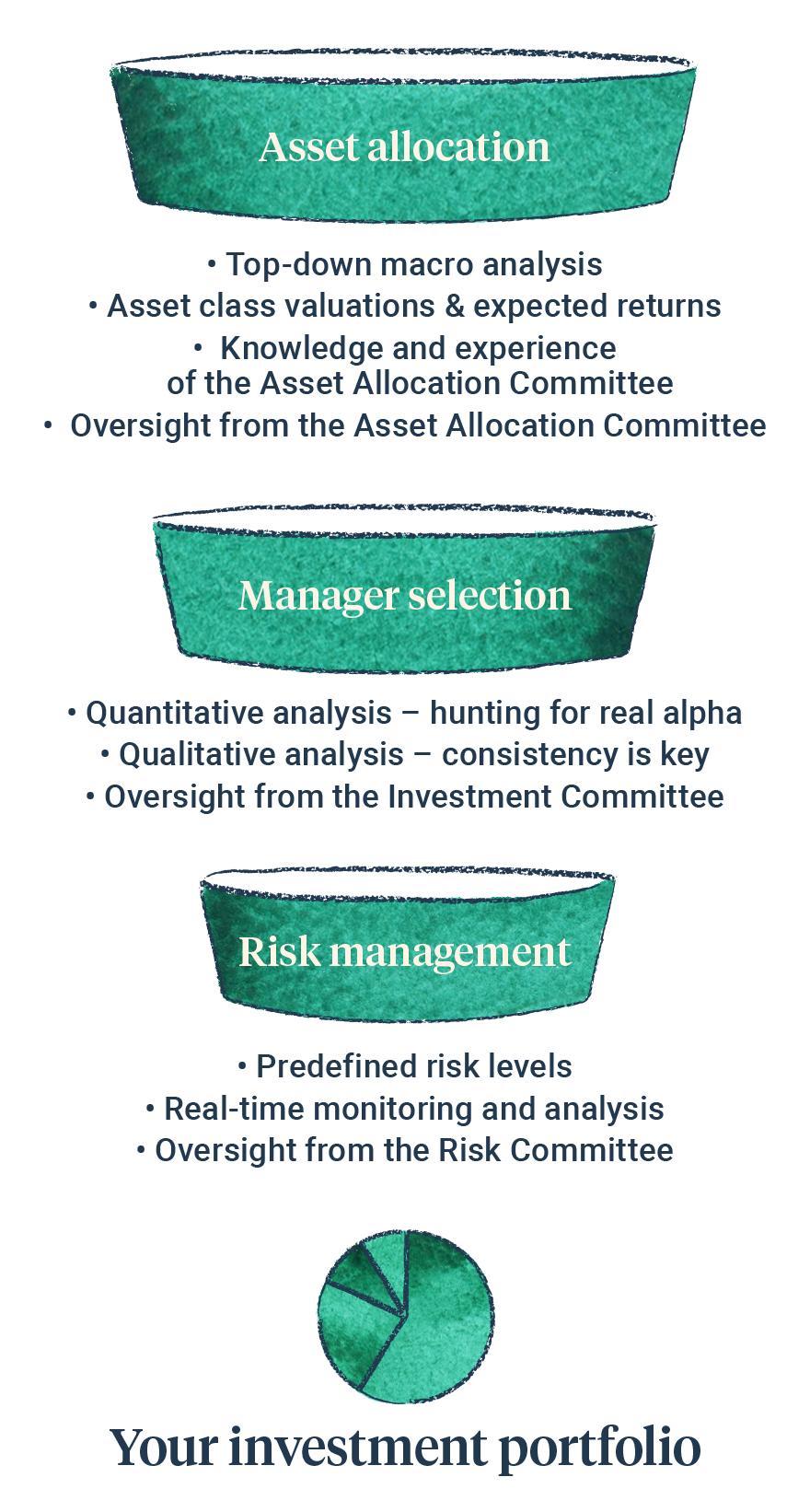Growth (economic)
Once again, the global economy has demonstrated its resilience, although a slight negative shift in momentum has become evident. Recent trends in leading indicators have signalled a gradual cooling of the economy. Headline inflation has cooled but remains elevated, influencing central bank policy and financial markets.
The strongly positive impulse from China reopening has diminished, financial conditions are tighter due to higher interest rates and a reduction in lending. Labour markets have weakened, with increases in the number of jobless claims and a fall in job openings, hiring plans and overtime.
Unemployment remains at or near to historic lows in the Eurozone (6.4%), UK (4.2%) and US (3.5%). The UK’s unemployment rate recently increased by 0.3% but is still at half its peak post the 2008 Financial Crisis. Wage growth is robust, with the period from April to June exhibiting the most substantial regular annual growth rates observed since 2001, standing at an impressive 7.8%.
Looking ahead, the IMF expects global growth to fall from an estimated 3.5% in 2022 to 3% in both 2023 and 2024.
Interest rate & liquidity environment
Most major economies continue to raise interest rates in an attempt to cool inflation, central bank rates are now above 5% in the UK and US but were recently reduced in China. Monetary policy remains tight, increasing the risk of a policy mistake in our view. Liquidity conditions had turned mildly positive in aggregate, but their durability was always in question and recent data show liquidity growth stalling.
Valuations & earnings outlook
Corporate earnings in the United States have been flat over the past year, and profit margins remain adequate on aggregate.
The technology sector encountered demanding expectations; however, many companies have continued to produce results that have surpassed initial predictions. Sectors beyond technology that thrive in the resurgence of economic activity broadly have outperformed initial predictions, but there has been a pick-up in insolvencies in some sectors. Positive performance is notably observed in industrials, communication services, and consumer discretionary sectors.
Comparatively, the second-quarter earnings of European companies faced a more significant contraction, twice that of their US counterparts. This contraction has contributed to European stocks exhibiting weaker performance in comparison to their counterparts in developed markets.
Assessing the value of different asset classes compared to historical patterns indicate that investors are now pricing in a lower probability of recession than they did earlier this year. However, many assets are still trading significantly more cheaply than others, for example smaller company stocks (especially the UK and mainland Europe), as well as many emerging and frontier markets.
Sentiment / flows
Stock market momentum recently picked up, and stock volatility remains low. Bond market volatility remains high due to uncertainties in central bank policy. Easing inflation numbers coupled with robust GDP growth have boosted confidence.








